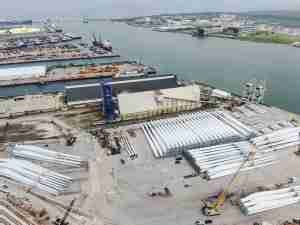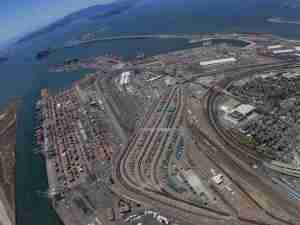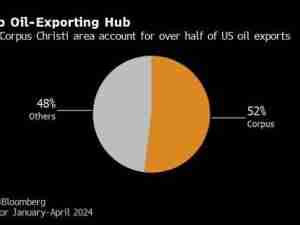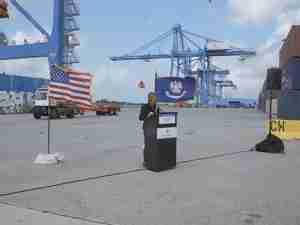While the ILA and the USMX have continued to meet regularly – with the assistance of the Federal Mediation and Conciliation Service – it is now time for the parties to reach a new deal in order to bring much-needed stability and predictability to operations along the East and Gulf Coast ports.
The continued threat of a coast-wide port shutdown has wreaked havoc on the supply chain for the past year as the nation’s retailers, manufacturers, farmers, importers, exporters, and others who rely on the ports to move commerce. These groups have had to continuously prepare for a supply chain disruption and have implemented costly contingency plans to ensure their products reach market, be it cars on the showroom floor or shirts on the store shelf. These emergency protocols to reroute goods and merchandise continue to come at significant costs to U.S. businesses, which invariably impacts American consumers.
Ports play a critical role in our economy, and the ability to move commerce along the global supply chain is critical for U.S. global competitiveness. Any disruption, either man-made (port shutdown) or not (Hurricane Sandy), significantly impacts America’s stature in the global marketplace. Take the 2002 West Coast port lockout for example. That lockout, which lasted 10 days until President Bush invoked Taft-Hartley, cost the economy $1 billion a day and took over six months to recover. A similar shutdown along the East Coast and Gulf Coast ports could have an even greater impact on today’s economy since these 14 ports are responsible for roughly 45 percent of all U.S. trade.
The only way the two sides can reach a deal is if they remain at the table. Under no circumstance should the ILA and the USMX leave the negotiations until a final, long-term contact is reached and plans for quick ratification are approved. Hopefully it doesn’t come to that, but we all need to be prepared if another coast-wide port strike can’t be averted.











